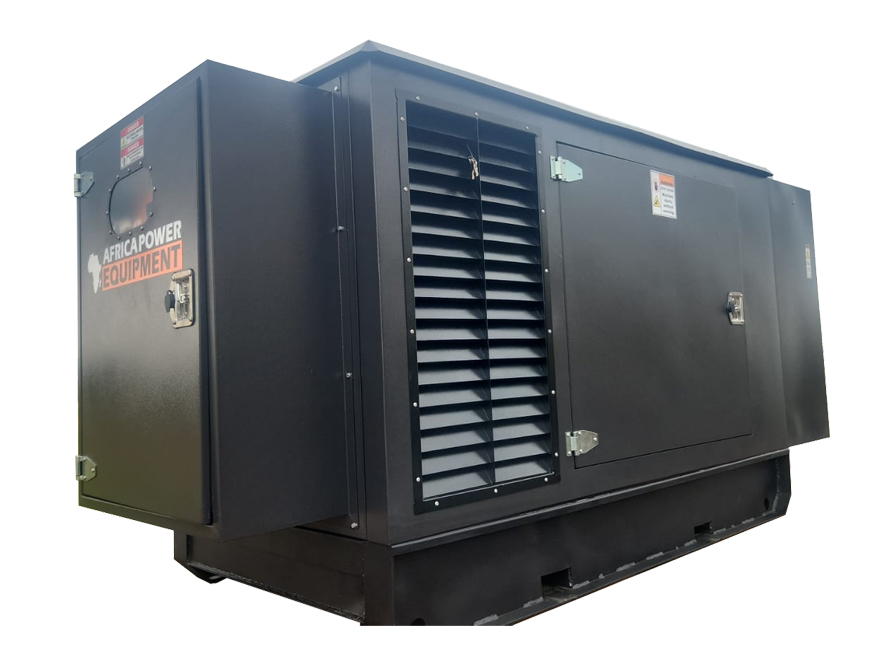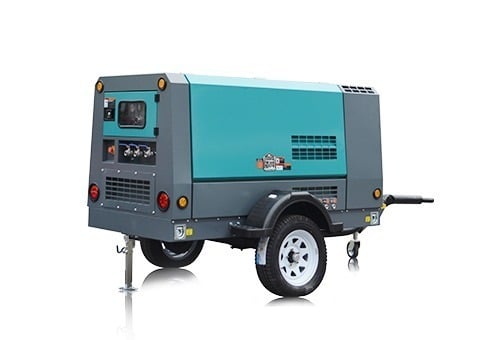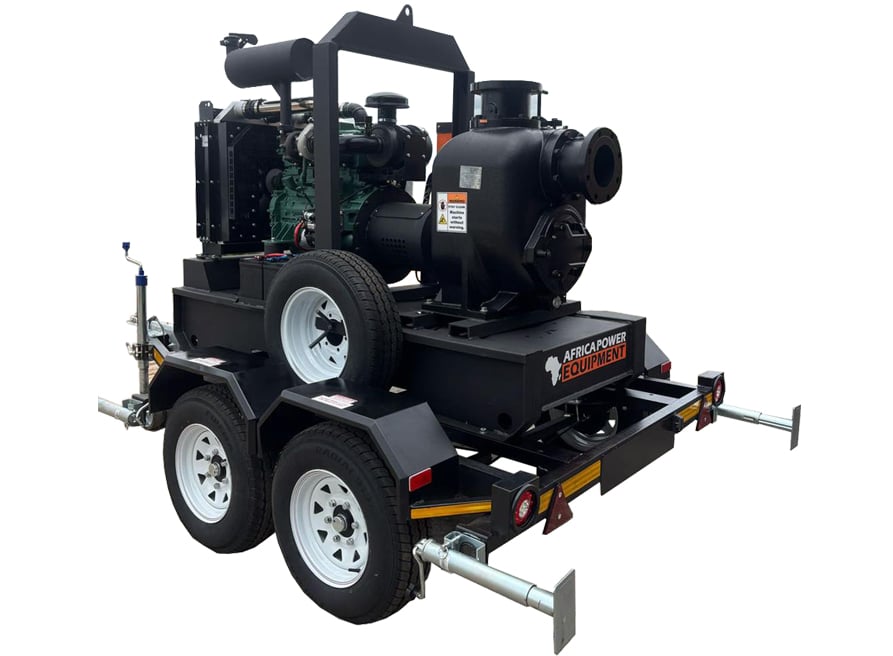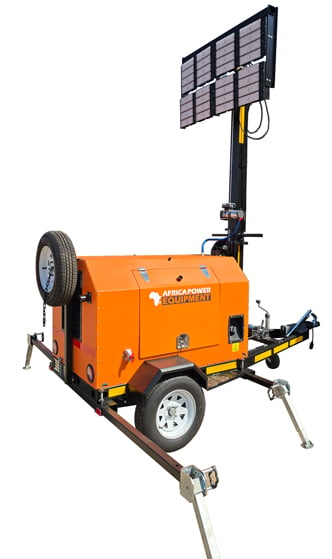Piston vs. Screw Compressors: Which One Is Right for You?
When choosing an air compressor for your workshop, factory, or job site, one key decision is whether to go with a piston (reciprocating) or a screw (rotary) compressor. Both types are widely used, but they differ significantly in design, efficiency, maintenance, and ideal use cases.
In this article, we’ll break down the main differences between piston and screw compressors, compare their pros and cons, and help you choose the right solution for your needs.
🧩 What Is a Piston Compressor?
A piston compressor, also known as a reciprocating compressor, uses a piston inside a cylinder to compress air. It works similarly to a car engine.
How it works:
-
Air is drawn into a cylinder.
-
A piston compresses the air by moving up and down.
-
Compressed air is stored in a tank.
Common uses:
-
DIY garages
-
Small workshops
-
Light industrial applications
🔁 What Is a Screw Compressor?
A screw compressor, also known as a rotary screw compressor, uses two interlocking helical screws to compress air.
How it works:
-
Air is pulled into the compression chamber.
-
The rotating screws trap and compress the air.
-
Air is continuously delivered to the system.
Common uses:
-
Manufacturing plants
-
Large-scale workshops
-
Continuous-use environments
⚖️ Key Differences Between Piston and Screw Compressors
| Feature | Piston Compressor | Screw Compressor |
|---|---|---|
| Operation | Intermittent | Continuous |
| Noise Level | Noisy | Quieter |
| Size | Compact | Typically larger |
| Maintenance | More frequent | Lower maintenance |
| Efficiency | Less efficient | Highly efficient |
| Lifespan | Shorter | Longer |
| Cooling | Air-cooled | Air or oil-cooled |
| Cost | Lower upfront cost | Higher upfront cost |
💡 When to Use a Piston Compressor
Choose a piston compressor if:
-
You need compressed air occasionally (e.g., for inflating, painting, light power tools).
-
Your budget is tight.
-
You’re operating in a smaller workspace.
🛠 Example: A small garage using air tools like impact wrenches or nail guns.
💡 When to Use a Screw Compressor
Choose a screw compressor if:
-
You require constant airflow for extended periods.
-
Your operation is industrial or high-volume.
-
You want to reduce downtime and maintenance.
🏭 Example: A manufacturing plant running air-powered machinery all day.
🔧 Maintenance Differences
Piston Compressor Maintenance:
-
Regular oil changes (for lubricated models)
-
Frequent filter replacements
-
Periodic valve and ring inspections
Screw Compressor Maintenance:
-
Oil separation and filtration
-
Less frequent servicing
-
Often features automatic maintenance alerts
💰 Cost Comparison
| Type | Initial Cost | Maintenance Cost | Total Cost Over Time |
|---|---|---|---|
| Piston | Lower | Higher (frequent service) | Medium |
| Screw | Higher | Lower (less frequent service) | Lower in long-term use |
🌍 Efficiency and Energy Use
-
Screw compressors are typically more energy-efficient, especially for applications requiring steady, high-volume air supply.
-
Piston compressors are better for low duty cycle applications but can become inefficient under continuous load.
🧠 Summary: Which Is Better?
| Scenario | Best Option |
|---|---|
| Home or hobbyist use | ✅ Piston Compressor |
| Small auto repair shop | ✅ Piston Compressor |
| 24/7 industrial production | ✅ Screw Compressor |
| Noise-sensitive environments | ✅ Screw Compressor |
| Budget-sensitive purchase | ✅ Piston Compressor |
🔗 Related Articles
🛒 Ready to Choose?
Whether you’re setting up a home workshop or running an industrial plant, selecting the right air compressor is critical for performance, longevity, and efficiency. At PowerEquipment.co.za, we offer both piston and rotary screw compressors tailored to your needs—with expert advice to guide your purchase.





